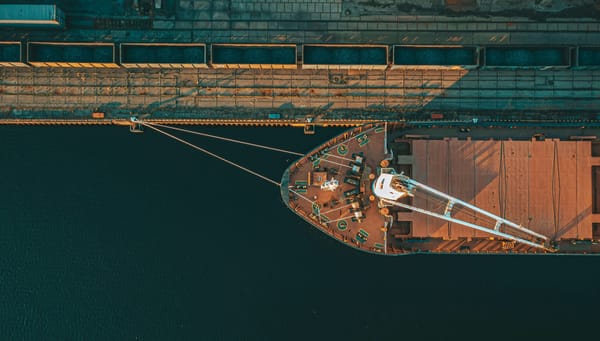US Import Requirements for Snapper are Getting Tougher

This is shaping up to be a busy year for NOAA’s Seafood Import Monitoring Program (SIMP). The agency has a proposed rule out for public comment (which we will discuss in depth over the coming weeks), and was handed a number of new SIMP requirements from Congress in the latest National Defense Authorization Act (NDAA), which became law on December 23, 2022. Today, we’ll keep it simple and focus on just one sentence of the NDAA, tucked deep inside the bill on page 4,137. It reads:
“Beginning not later than 1 year after the date of enactment of this Act, for the purposes of compliance with respect to Northern red snapper under the Seafood Import Monitoring Program, the Secretary may not allow an aggregated harvest report of such species, regardless of vessel size.”
This is a significant change because SIMP has far fewer requirements for seafood harvested by “small” fishing vessels; they do not have to provide fishing permit or identifying vessel information. NOAA refers to the set of reduced data requirements for small vessels as an Aggregated Catch Certificate. Removing the aggregated reporting option means that standard reporting requirements apply (aka the Catch Certificate). The vessel name, vessel identifier, and fishing permit information will be required for all snapper imports, along with recordkeeping that proves the information reported is true.
This is the first time SIMP has had to adjust its small vessel reporting requirements, but we expect it won’t be the last. Our job is to stay on top of these changes and take the guesswork out of compliance so importers don’t need a marine biologist or policy expert on staff to manage an increasingly complex web of seafood trade regulations. If you have other ideas for checks Goldfish can automate for you, we’d love to hear them.
Nerding out: Why the focus on snapper?
We don’t know what goes on in Congress behind closed doors, but NOAA’s proposed rule on SIMP offers a plausible explanation. To paraphrase the agency’s justification for expanding the program to cover all snapper species, illegal fishing for snapper remains a major issue. It is a particularly well documented and longstanding problem with small vessels in Mexico (called lanchas). Interestingly, NOAA’s SIMP proposed rule doesn’t address the data gap critical to blocking imports of illegal seafood caught by lanchas as small vessels - this is only fixed in the NDAA.





